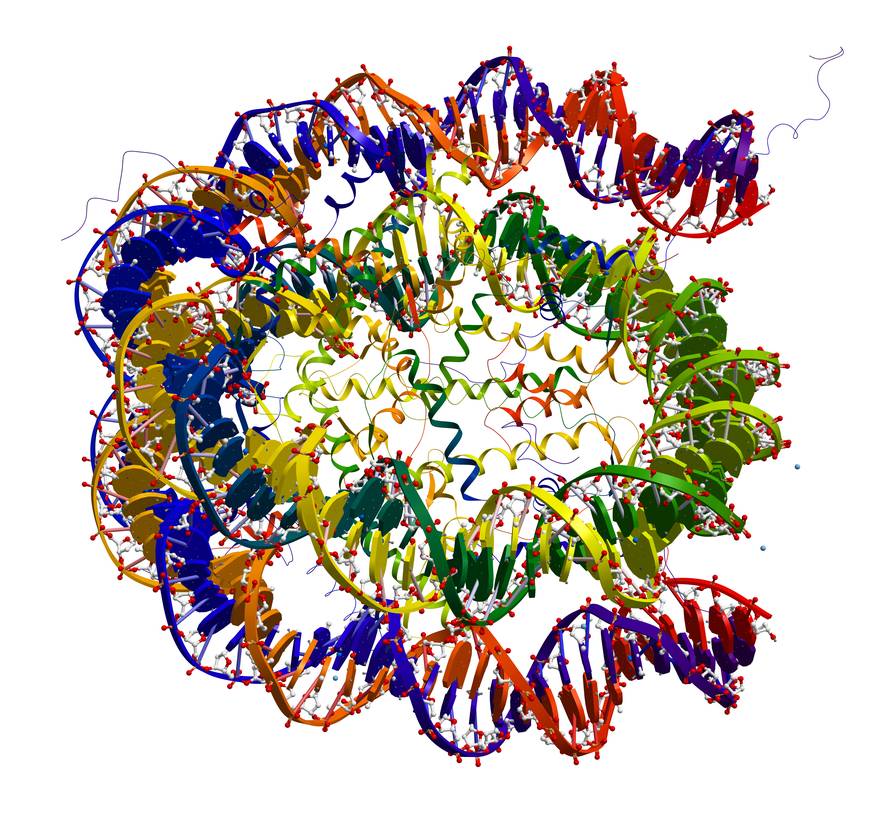DNA loops are key in gene regulation
Researchers from universities and centers in the United States have managed to complete the 3D map of DNA and have confirmed that the bonds that make up DNA are key in gene regulation. DNA formed loops within the cell and that these loops could be very important to scientists for a long time, but research on these structures has so far been impossible. For five years they have analyzed how the two-metre genome folds within the cell nucleus and have now published their results in Cell magazine.
It has been proven that DNA is about 10,000 loops. And they have been surprised because they are few. They say the surprise has been similar to that of genes when the genome was sequenced, as many more genes were expected. However, their scarcity does not reduce their importance, as they have seen that in many loops there is a gene at the end that is activated when the loop is formed.
When investigating gene regulation, the DNA regions surrounding the gene have been studied many times. However, when DNA folds, regions that are in principle far away may be close. Precisely at the other end of the loop, far from the gene itself, are the lighters of the genes. Thus, in this new research they have been able to find thousands of new lighters hidden in what has been called the junk DNA.
In addition, researchers have concluded that the folds that can form DNA by looping and undoing are virtually unlimited, and that is what different cells use to do different things with the same genome. They have also been able to extract some general rules that determine how and where loops are formed: most loops have less than 2 million bases or letters, usually do not overlap, and almost always bind by the CTCF protein.
On the other hand, it is observed that larger loops are performed in women, on the inactive X chromosome. These loops are 30 times larger than the rest. And they have also seen that many of the bonds that form in humans form in mice.





